ACCESS TALKS: AUSTRALIAN EXPERIENCE
Loren Swancutt, former deputy principal and Head of Special Education at Thuringowah State High School in Queensland, Australia. A whole of school transformation at Thuringowah High saw the segregated special education unit closed down and reflection given to academic achievement and the school experience for students with disability. Loren is an exemplar of leadership and courage to make a difference.
This transcript has been corrected and edited slightly for clarity.
While Thuringowah High school was in the planning phase [for change], I worked through a series of design strategies that laid strong foundations and paved the way for resonating change.
Firstly, I stopped to think. I re-engaged with research and theory around what constitutes an inclusive school and what constitutes an effective school.
I established an understanding of the theory, principles and practice that sit behind both and how they link in with legislation, policies, and strategic directions. During this process, I realised that effective schools and inclusive schools do not have to be separate entities.
Schools are often focussed on being effective, which is primarily about improving student level of achievement data, and as a result find themselves heavily driven by strategies highlighted in various analyses Hetty, Charlotte and Fullen etc. This is not a bad thing, by any means, but it does put the blinkers on and results in responses such as ability-grouping and self-contained spaces in an attempt to be more effective; something that we were definitely guilty of at Thuringowah High which left us coming up short every time not only for the students in the unit, but throughout the entire school. I concluded the missing link in the effective-equation was the consideration and implementation of inclusive principles and practices.
When you pair ‘effective’ and ‘inclusive’ as mutually exclusive, you unlock the potential for greater clarity and to actively plan for and reach the margins, in turn reaching all. As a result, my focus shifted from being only about the 70-odd students sitting in the unit, to being about the sum of the entire school community.
Therefore, the second strategic move in the planning phase was forming strength in numbers. Strength in numbers was about establishing a like-minded collaborative community that was focused on building cohesiveness and developing collective knowledge.
This foundation was used to engage in future cycles of enquiry around the design of our inclusive schooling model. It allowed for collective responsibility, rigorous professional learning, multiple solutions to problems, change beyond the individual and added scalability to the transformation tasks at hand.
The collaborative community engaged in processes that set about recognising potential and resulted in the creation of an overall vision. We completed a mapping task that allowed us to reflect upon and highlight what our current service model was.
On the school map we annotated our context, where all students were located in what they accessed, where staff were located and who they taught and supported, what programmes and opportunities existed and who accessed them, what the expectations and outcomes were for students with disability and what they were for students without disability, what was effective for some students and what was effective for others. This dramatically identified significant inequity, so calling on our shared knowledge and understanding of the principles and practices associated with inclusion [and] we answered them, mapping out the change that we wanted to see.
Following on from this we identified what it would take to bridge the gap between the now and what we wanted for the future. We categorised key actions and took the time to reflect against research and evidence-based practice to capture as much detail and depth as possible. At this point, it was time for me to pause and reflect on whole school readiness for a shift to an inclusive schooling model. I investigated the current mindset and culture surrounding students with disability and the thoughts and perceptions around inclusion. The barrier was high and it was wide. From previous experience, I knew I had to stop and work in this space of culture change until I had 80 percent investment. If I moved further and initiated implementation without 80 percent of staff who were willing and believed, I would significantly risk a response that centred on minimal compliance, lack of long-term commitment and a less than desirable outcome of integration. Therefore, with the assistance of the collaborative community, we worked to intercept and interrupt fear, ignorance and personal opinion.
With renewed enthusiasm, I returned to the final planning phase. With the aid of an inclusion tool I pieced together an inclusive schooling policy that laid out the terms of engagement. I worked with the collaborative community to flesh out an action plan that would see us through our first year of implementation. Within it, we detailed the key moves previously identified, giving them life as accountable, smart goals.
Through the assistance of the leadership team, we set out the organisational aspects including staffing, time tabling, class lists and capability development all in line with the financial and staffing allocations that were already afforded to the school.
Throughout 2015 we implemented a deliberate and gradual rollout of the model. To begin, we invested heavily in developing staff capacity in Years 7 and 8 and with pre-existing special education staff. We engaged in action research, project focused on co-teaching and differentiation which saw the development of a weekly professional learning community. Over the course of 2016, we scaled our capacity and utilised the lessons learnt to impact classroom practices across all year levels and develop them into implement further operational policies, and procedures which resulted in the eradication of temporary integration.
Two-and-a-half-years on, our model has reached its intended representation. All students are welcomed at enrolment and parents and students are supported to engage with and undertake enrolment procedures. Students are time-tabled into heterogeneous classes and students with a disability are proportionately placed across all classes in the year level. Students are provided access to year level curriculum that is supported by quality differentiated teaching and learning processes. Students requiring access to alternate year-level junctures do so with the support of a unique curriculum alignment process which sees the variation in complexity of content descriptors and achievement standards being matched to regular year-level units of work resulting in rigorous full participation and engagement in a regular classroom 100 per cent of the time.
Explicit instruction, cooperative learning, peer tutoring and station teaching methods were utilised as our core pedagogy. Teachers and students are supported through the appointment of authentic co-teaching partnerships that result in two teachers being assigned to one regular-sized class with both having complete parity over the educational experiences of all students. Students are seated sporadically within classes and not clustered together based on ability. Labels are not used to describe students and students no longer receive ongoing special education case management. Classroom teachers are the experts on student performance. Blanket strategies based on perception and past performance are no longer supported. The micromanagement of students’ every move is non-existent. Adult proximity has been removed and special education staff are no longer the gatekeepers of information, communication or intervention.
We utilised the school improvement hierarchy from the current Queensland to every student succeeding state school strategy in combination with a circle of practice as a means of recognising our current successful practice and as a guide on what needs to happen next in our school’s inclusive school improvement journey. Our goal is that when entering a classroom you cannot tell which students are students with disability or which staff members are employed under the special education banner, that supports are effective, but as invisible as possible and that there are no special students, no special staff, no special curriculum and no special places.
There are no secrets to our success, no magic words, no overallocation of staffing,
and no additional funding. A decision to move to an inclusive school model was dictated by a moral imperative and by evidence-based practice. Everything that we have done and have achieved is a result of a deep-seated investment in nurturing the will and obtaining the skill in order to value the worth and contribution of every one of our learners.
Successful inclusive schooling is not a destination. It is an ongoing process of thinking and doing that requires great commitment and continuous learning and improvement. Instead of responding with the oxygen tense of the status quo, face the challenges with enthusiasm and a solution focus. Be assured that inclusive education is achievable in any school, with any demographic, with any child. Be determined to not let the limitations of our system become the limitations of the students.
Last updated August 24, 2018
ALSO IN THIS SECTION:
MORE ACCESS TALKS:
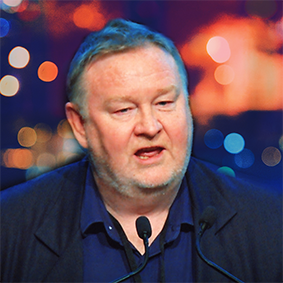
WHAT IS INCLUSION?
The promotion, adoption and implementation of inclusive practices, which involves changing policies, practices and attitudes within schools.

HOW WE INCLUDE
Creating inclusive classrooms & schools starts with vision, policy, systems change, curriculum design and teaching practice.
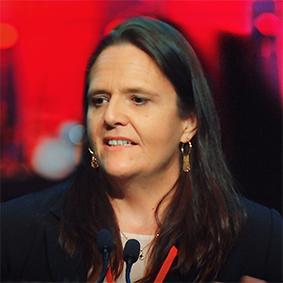
WHY INCLUDE?
High quality education & supports enable all students to acquire success in their education and is the basis of an inclusive life and society.
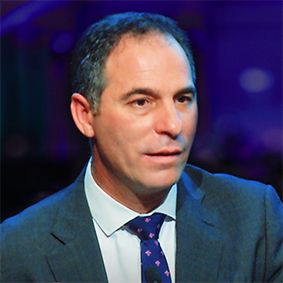
TEACHER IMPACT
All classroom teachers have a role in creating schools & learning environments where all children can learn and feel they belong.
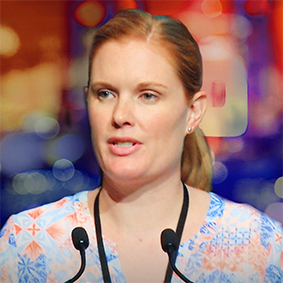
CHANGING MINDSETS
Whole school transformation requires courage, leadership & honest reflection to identify the need for change and set about making it happen.
NOW EXPLORE ACCESS READS
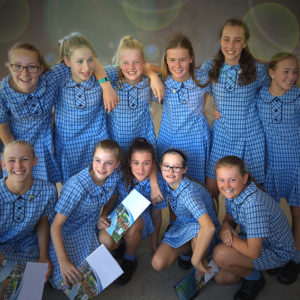
WHAT IS INCLUSION
The promotion, adoption and implementation of inclusive practices, which involves changing policies, practices and attitudes within schools.
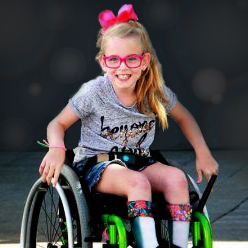
HOW WE INCLUDE
Inclusive classrooms and schools embrace universal design as the foundation for cultivating inclusive attitudes and practices.

CHANGING MINDSETS
Bringing about change one mind at a time is integral to improving the lives of people with disability.

AUSTRALIAN EXPERIENCE
Exemplar inclusive educational practices are happening in Australia. See the possibility and potential of Inclusion here and now.

WHY INCLUDE
All children have the right to be included, to be represented in, to have access to and to receive high-quality education and supports.

TEACHER IMPACT
All classroom teachers have a role in creating schools & learning environments where all children can learn and feel they belong.
A FAMILY ADVOCACY INITIATIVE
This site is edited and maintained by the Advocacy and Leadership Development team.
Image attributions: photos supplied and screen shots from Access Symposium videos.


